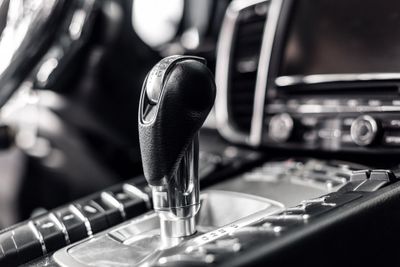Clutch Repairs and Service in Gloucester County, NJ
How to check for clutch problems
Take the car for a drive.
1. While driving down the road in 3rd gear, put the car in 2nd gear, then let out the clutch. If the RPMs of the engine don't immediately go up, it may be time to replace the clutch.
2. Another way to establish if your clutch needs repair is to test it in a parking lot.
